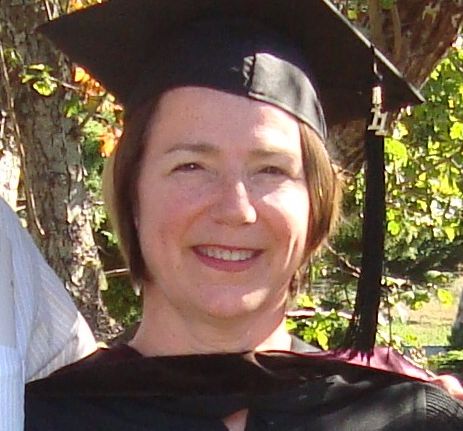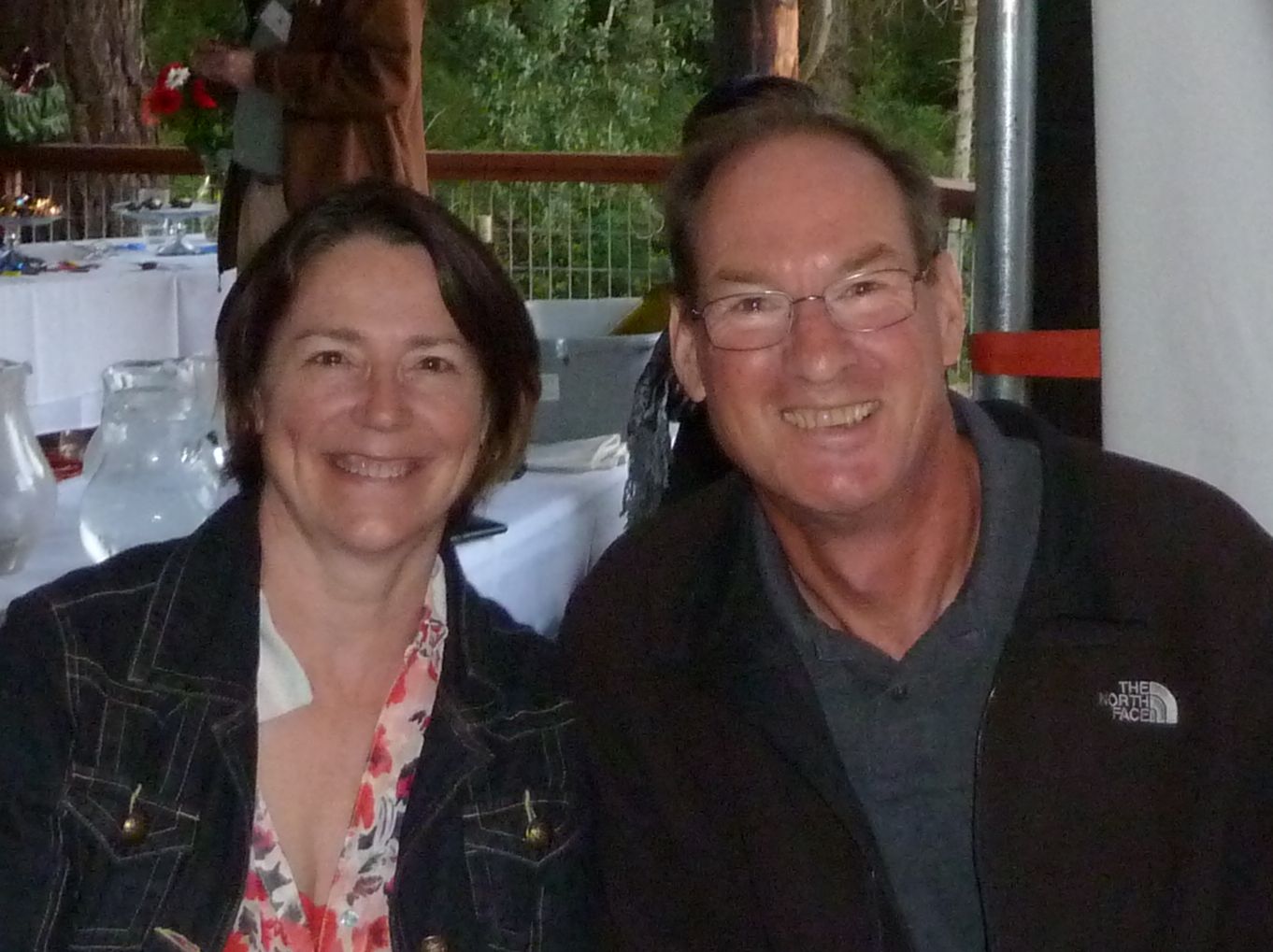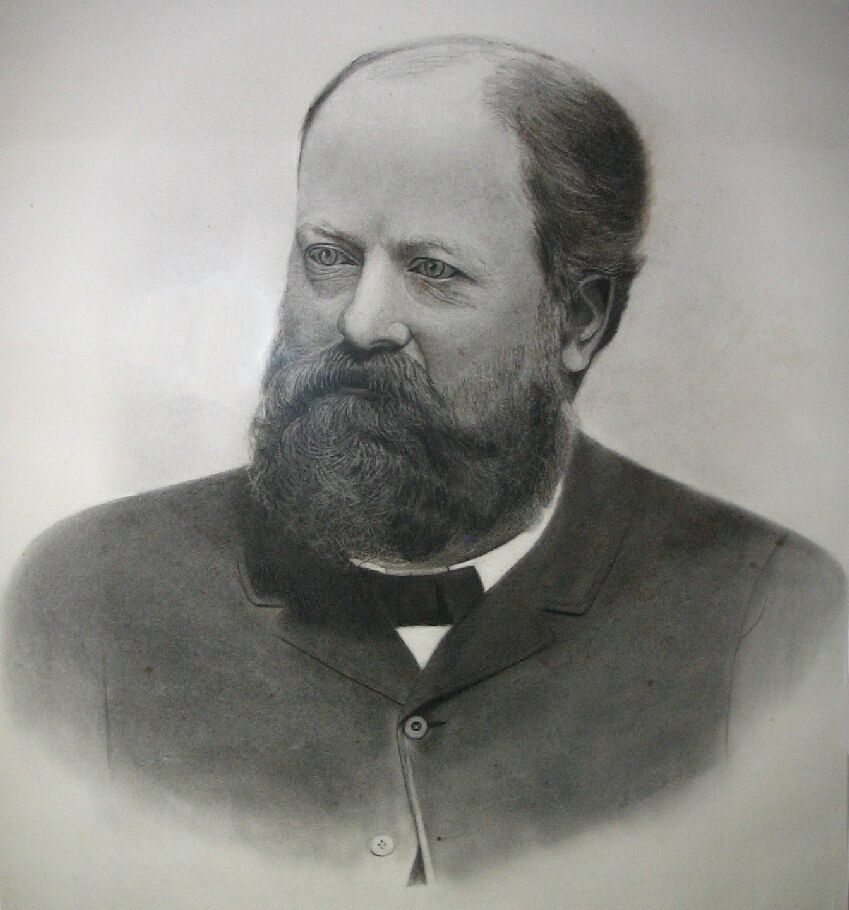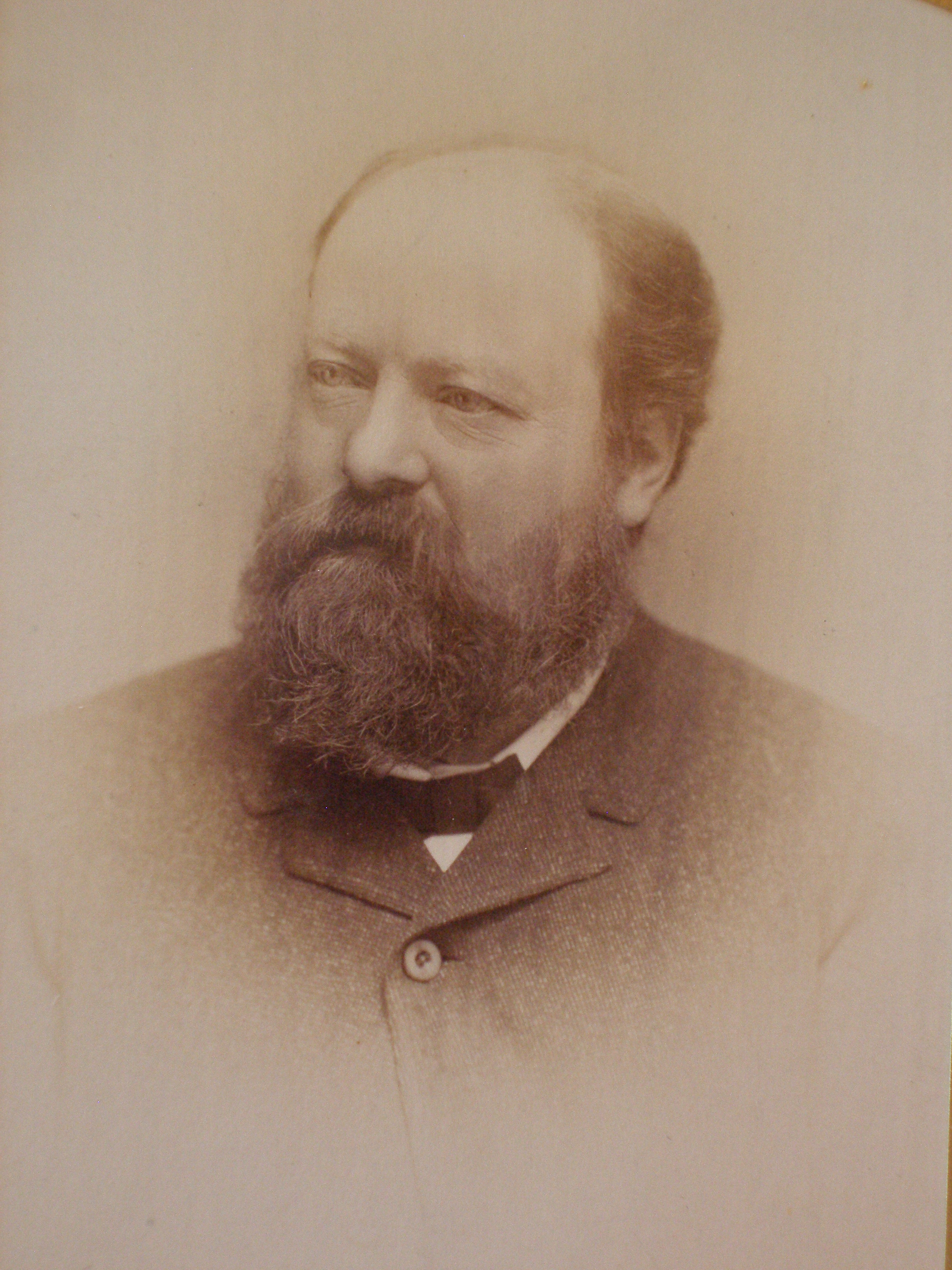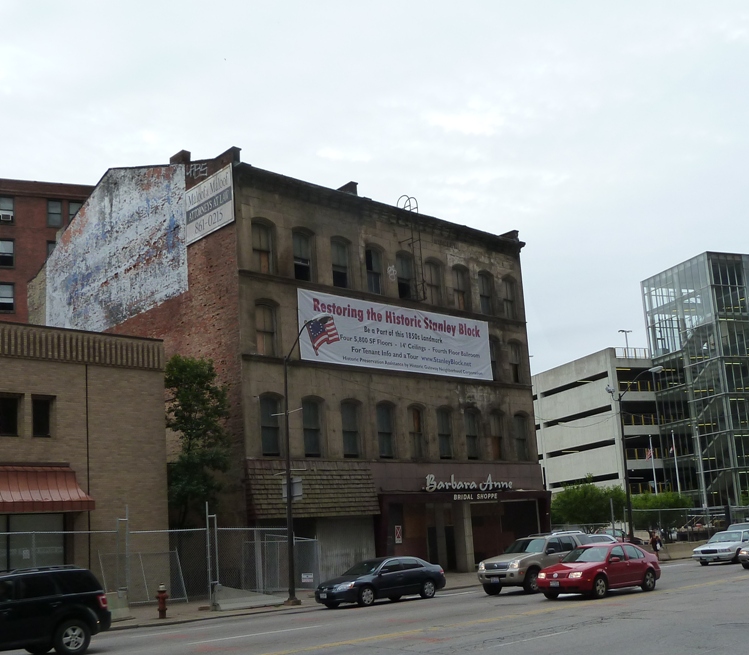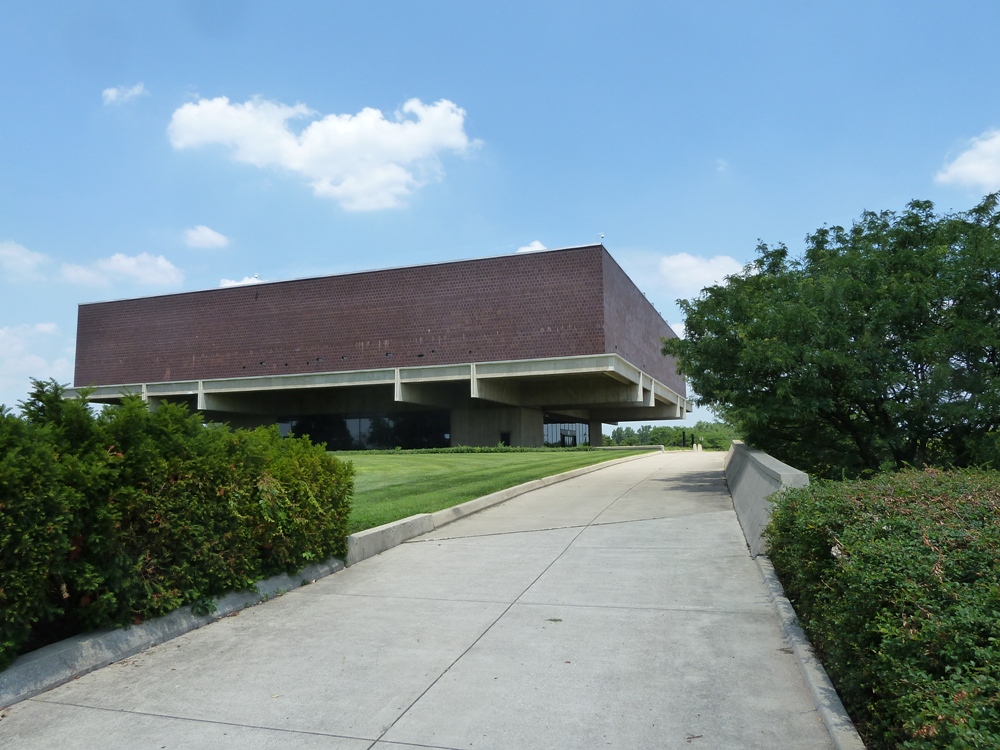I just finished reading Louise Erdrich’s The Master Butchers Singing Club, a memorable visit to early 20th century North Dakota and the disparate ways immigrants to that region eked out a living in the 1930s. In the novel, the main character Fidelis, a German butcher in the small town of Argus, starts a singing club, something he brought over from Ludwigsruhe, the town of his birth.
German singing clubs are a topic I continue to run across in my research. In the late 18th and early 19th centuries in Germany, singing with other men was a favorite pastime of scientists. Scientists? Yes, scientists. Perhaps nowadays, science and the arts do not come together so often, but once upon a time, music was considered integral, and essential, to the development of science.
In the 21st century, Jonah Lehrer is drawing the two disciplines closer together again. Lehrer’s book Proust Was a Neuroscientist came about as a result of neuroscientist Lehrer studying how the brain remembers, only to discover that almost 100 years ago the author Marcel Proust had come to the same conclusions about memory in his novel Swann’s Way. Lehrer (and Proust) make the case that remembering is subjective based on feelings of any given moment. Lehrer also explores the senses and how they take in data. For example, the first time Stravinsky’s “Rite of Spring” was heard in 1913, its dissonance drove people mad. (If you want to explore in more detail Lehrer’s findings, listen to this radiolab interview Sound As Touch.) By contrast, harmonious music, 19th century scientists believed, brought people together, enhanced the chances for the sharing of knowledge, and elevated discourse.
Yesterday, I happened to hear this NPR report about an elementary school principal keeping alive the tragedy of 9/11 in children’s memories who were not even born when it happened. In this story, the call and response was discordant. “We were attacked,” the teacher says to her class. “We were attacked,” the children repeat in unison. Hearing this segment, I remembered a passage near the end of Erdrich’s book, when Fidelis makes a trip to post-WWII Germany to sing with his old butcher friends. “Time was an army marching like the butchers onto the stage. Time was a singing club whose music was smoke and ash.”
On its tenth anniversary, the tragedy of 9/11 seems to be rising away from public awareness like smoke and ash. The dissonance of 9/11 was an explosive bar in the music of modern history. There are many such dissonant strains, occurring all over the world, in senseless acts of violence. Only now have scientists learned how to play the music of the spheres: Sounds of stars fall in a Bavarian forest. May we all learn from its harmony.

